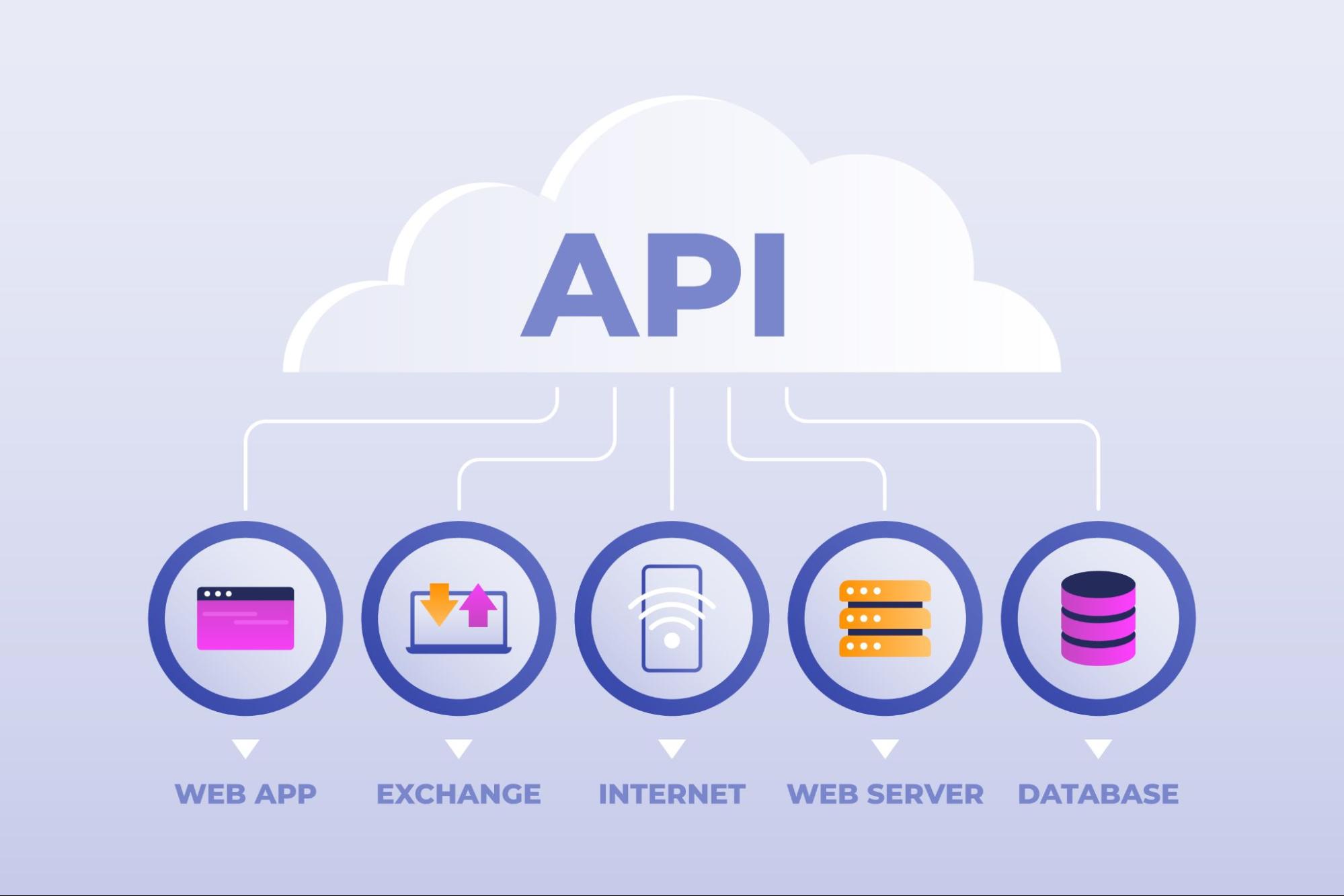API Integration Guide For Software Developers
Learn how API integration helps us do our jobs, travel, make payments, communicate, and more. Also, read about how helpful vREST is for developers.
Start Free Trial
Learn how API integration helps us do our jobs, travel, make payments, communicate, and more. Also, read about how helpful vREST is for developers.
Start Free Trial
Are you someone who works in marketing, revenue, or operations and has heard a lot about API integration? Are you a beginner who is trying hard to figure out API integration's meaning after knowing how it is becoming significant to your work?
API integration is mainly the connection between two or more software systems via their APIs, in order to facilitate seamless data integration. API are coded instructions that power processes of different
software components for communication. API integration performs many high-performing businesses that keep data in sync, enhance productivity, and drive revenue.
Just as APIs are the building blocks, API integration is similar to the mortar of modern applications that hold the APIs together. Teams are also privileged to integrate private APIs to build scalable microservice meshes or incorporate third-party functionality into applications through public API integration. No matter how powerful and capable APIs are, API integration unlocks the most precise use case—for instance, the automation of business-critical workflows.
Are you curious about the role of API integration in an API-first world? Read it until the end. We will also discuss the main benefits of API integration and explain how it works. We will also review some examples of API integration and how vREST enables teams to integrate public and private APIs with ease.

API's first development model is getting traction among teams. In this model, applications are conceptualized and built as a library of internal and external data delivered through APIs. Prioritizing API designing and development, the resulting applications are highly secure, performant, and scalable. However, for this, the teams must integrate APIs to deliver premium quality digital experiences, as it can't be done with a single API.

Every API operates in its own unique way, from protocols to data structures. However, for applications to thrive, these APIs must collaborate effortlessly. API integration resolves these differences, allowing data to move freely between APIs without manual intervention.
API integration benefits the team by automating time-consuming tasks and streamlining business-critical workflows. By merging data from multiple sources, teams can analyze information more effectively, saving precious time and resources. This efficiency not only enhances productivity but also reduces the likelihood of human error, bolstering operational excellence.
Integrating third-party APIs into your application can supercharge its capabilities without having to initiate from scratch. For example, a seamless payment process powered by Stripe or Square within your e-commerce platform. By tapping into these external APIs, teams can innovate swiftly, delivering exceptional user experiences that keep customers coming back for more.
APIs can be integrated in many different ways, so developers need to consider their options and needs carefully based on specific requirements. One popular method involves utilizing libraries or SDKs (software development kits) tailored for the API being integrated. These SDKs come packed with pre-written code snippets, covering everything from authentication to handling requests and parsing responses, streamlining the integration journey.
Developers are also free to write custom codes to facilitate integration. This step offers increased flexibility to developers, however, making the whole process more error-prone and time-consuming.

API integrations are present everywhere, fueling the digital experiences that facilitate our daily activities, from work tasks to travel, payments, and communication. Explore some real-world examples to understand how they actually work.
vREST is a comprehensive platform designed to streamline and enhance the process of API integration. Here's how it supports API integration:
vREST by Optimizory provides a user-friendly interface for creating and executing tests on APIs. This allows developers to quickly validate API endpoints and ensure they are functioning correctly before integration. By automating testing processes, vREST helps identify and resolve issues early in the development cycle, saving time and effort.
To create mock APIs or simulate responses from external APIs, vREST helps software developers. This is particularly useful during development when access to live APIs may be limited or unreliable. Mocking APIs with vREST allows teams to continue development and testing without dependencies on external services, accelerating the integration process.
It also automatically generates comprehensive documentation for APIs based on their specifications. This documentation includes details such as endpoint URLs, request parameters, response formats, and authentication requirements. Clear and up-to-date documentation facilitates seamless integration by providing developers with the information they need to interact with APIs effectively.

vREST offers monitoring capabilities to track the performance and availability of APIs in real time. It provides alerts and notifications for any issues detected, allowing teams to address issues and ensure the reliability of integrated APIs proactively. Additionally, vREST generates detailed reports on API usage, response times, and error rates, providing valuable insights for optimization and troubleshooting.
vREST seamlessly integrates with CI/CD pipelines, allowing automated testing and deployment of APIs. This integration ensures that API changes are thoroughly tested and validated before being deployed to production, reducing the risk of introducing errors or disruptions.
Overall, vREST by Optimizory empowers teams to efficiently integrate APIs into their applications by providing a range of tools and features for testing, mocking, documentation, monitoring, and automation. By simplifying and streamlining the API integration process, vREST helps teams deliver high-quality, reliable, and scalable applications.

Record, Specify, Test and Mock your RESTful and Other Web APIs.